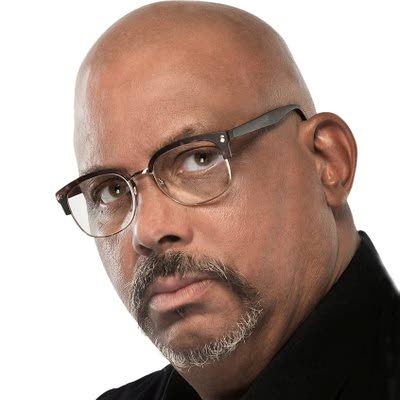People drive digital transformation

BitDepth#1346
MARK LYNDERSAY
AT THE TT Internet Governance Forum in January, three panelists discussed the human aspect of digital transformation and advocated for an approach that's driven from the ground up instead of being dictated from the top down.
Anthony Watkins began the conversation by noting the downside of technology adoption.
"For 149 people at a bank," Watkins said of news he read that morning, "digital transformation means that they are going home. Their families will be impacted. The people in the area and close to the zone of that particular bank will be impacted. The suppliers of goods and services to that bank will be impacted.
"Digital transformation is not a simple thing. It is a changing of the very architecture of business and governance. It is a change in the way we do things. This is not easy to do."
According to Kandyss Trancoso, founder of the financial literacy website thefinroute.com, the solution to the problem must come from the community, not from expensive consultants.
"Technology is there to enhance the lives of people, and sometimes we forget that human element in solving problems using technology," Trancoso said.
"Product design is about getting the requirements from stakeholders and the communities that you are willing to serve.
"Instead of pushing technology and seeing what needs to be done, you have the need (articulated) from the bottom up. There's no need to measure or test the market because the market has created the solution."
Master Christie-Anne Morris-Alleyne, the judiciary's court executive administrator, sees the problem as a customer service issue.
"Coming from the Public Service, as a participant and as a user, we are not strong on customer service," Morris-Alleyne said.
"We tend not to look at the other side of the desk, the other side of the counter, and when it comes to digital transformation, it's a question of which side we look at it from.
"We have done several things in the judiciary, and why we have been successful with those things is because we looked at them as a service and we decided to meet people where they were."
At least part of the problem in the Public Service, Morris-Alleyne noted, is a pervasive sense that good enough is enough and that the public servant is doing the public a favour in providing service.
She recalled surprising a group of lawyers when she pointed out that the justice system has competition.
Responding to their disagreement, she noted, "There are gangs, there are private bailiff entities, there is all sorts of competition for 'justice' and the entire public sector believes that there's no competition for its services.
"I look at the private sector as well, because a lot of the judiciary's customers are people who are unbanked or unbankable.
"Our banks just can't look at our entire society and only look at customers who have stable and sufficient incomes.
“We don't focus enough on process re-engineering and process reform, and those are the elements that are necessary before we can start to talk about digitalisation," Morris-Alleyne said. "We have to deal with our processes and our processes are archaic."
"Whose problem are we trying to solve?" asked Watkins
"Is it a problem that the public servant is having or the customer? Sometimes we think that we're working on the same problem, but so often we are not.
"The person who comes in has a problem. The person providing the service wants to solve a problem, and those problems are often not the same problem."
Mark Lyndersay is the editor of technewstt.com. An expanded version of this column can be found there


Comments
"People drive digital transformation"